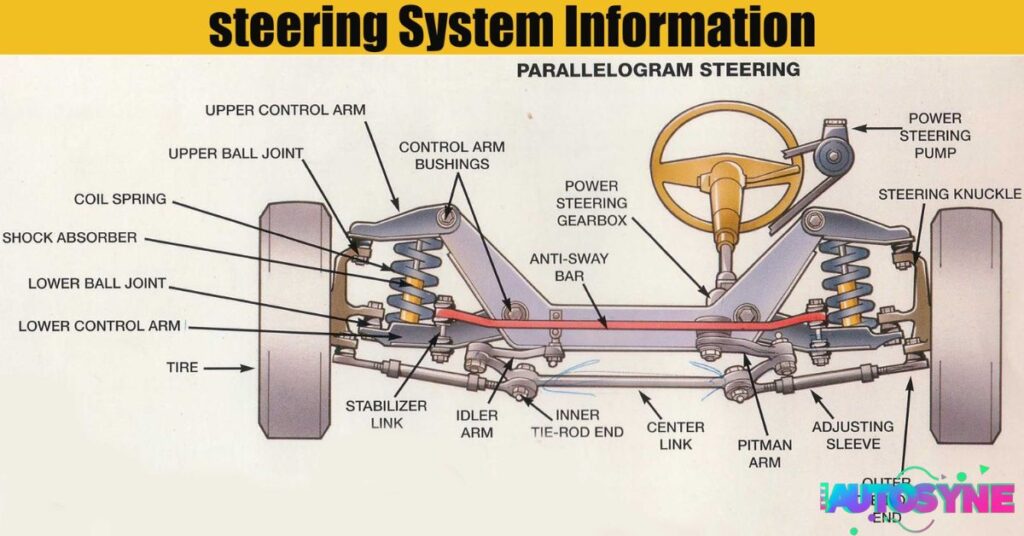When driving, experiencing a bumpy ride in your car can be unsettling. These vibrations or jolts might indicate underlying issues with your vehicle’s suspension system or tire alignment. Addressing these concerns promptly ensures a smoother and safer driving experience.
Your car’s journey shouldn’t feel like a rollercoaster ride. Uncover the reasons behind those unsettling jolts and vibrations. Smooth out your drive by delving into the mysteries of why your car feels bumpy when cruising.
This could be a sign of various issues, from worn-out suspension components to tire problems. Don’t ignore these symptoms, as they could lead to safety hazards and discomfort. Let’s explore what might be causing your car to feel bumpy and find solutions for a smoother ride.
Troubleshooting Rough Acceleration and Bumpy Drives
It could be due to a range of issues. Check your vehicle’s spark plugs, air filter, and fuel injectors for any signs of wear or clogging. If problems persist, it’s best to consult a mechanic to diagnose and address the underlying issues.
Regular maintenance can prevent rough acceleration and bumpy drives. Ensure timely tune-ups, oil changes, and inspections to keep your car running smoothly. Addressing minor issues promptly can prevent them from escalating into more significant problems down the road.
Techniques for Enhancing Comfort When Driving on Gravel
- Maintain a steady speed to control your vehicle better.
- Avoid sudden stops or sharp turns, as they can make the ride feel bumpier.
- Check your tire pressure and ensure they’re properly inflated for better traction.
- Consider upgrading your vehicle’s suspension system for improved comfort on gravel roads.
- Drive cautiously and anticipate bumps or potholes to minimize discomfort.
- Keep a safe distance from other vehicles to reduce the impact of their movements on your ride.
- Use a softer grip on the steering wheel to absorb vibrations and reduce fatigue.
- Adjust your seat position for optimal comfort and support during gravel driving.
- Keep your windows closed to minimize dust and debris entering the cabin.
- Listen to your vehicle’s engine and suspension for any unusual sounds that may indicate issues with gravel driving comfort.
Check Tire Pressure Regularly

Regularly checking your tire pressure is essential for safe and efficient driving. Properly inflated tires provide better traction, handling, and fuel efficiency. Make it a habit to inspect your tire pressure at least once a month to avoid potential issues and ensure a smoother ride on all types of roads.
Read This Blog: 10 Best Car Tattoo Ideas for Men
Evaluate Wheel Alignment

Evaluating your wheel alignment is crucial for maintaining vehicle stability and extending tire life. Proper wheel alignment ensures that your tires make optimal contact with the road, promoting even tire wear and better fuel efficiency.
Schedule regular alignments, especially after hitting potholes or curbs, to prevent uneven tire wear and maintain a smooth and safe driving experience.
Verify the Condition of Steering Components

Making sure that the steering parts are in good shape is really important for driving safely. Parts like tie rods, ball joints, and steering linkages help control the steering and keep the car stable.
Not checking the steering parts can be dangerous. If they’re worn out or broken, it could be hard to steer the car properly. This could lead to problems controlling the car, which might cause accidents.
Tips for Addressing Low Speed Bumpy Ride Issues
- Check tire pressure: Ensure tires are properly inflated to recommended levels.
- Inspect suspension: Look for wear or damage in shocks, struts, and other components.
- Replace worn parts: Replace any worn-out shocks, struts, or other suspension parts.
- Practice smooth driving: Avoid abrupt acceleration, braking, and steering movements.
- Consider suspension upgrades: Explore aftermarket options for improved comfort.
- Avoid rough roads: Choose smoother routes whenever possible to minimize bumps.
- Balance wheels: Ensure wheels are properly balanced to reduce vibration.
- Check alignment: Verify wheel alignment to prevent uneven tire wear and improve stability.
- Maintain vehicle: Regularly service your vehicle to ensure all components are in good condition.
- Seek professional help: If issues persist, consult a mechanic for a thorough inspection and diagnosis.
Strategies for Smoothing Out High Speed Bumpy Rides
| Strategy | Description |
| Adjust tire pressure | Ensure tires are inflated to recommended levels for improved shock absorption. |
| Upgrade suspension | Consider aftermarket suspension systems for smoother rides at high speeds. |
| Choose smoother roads | Opt for well-maintained highways to minimize the impact of bumps and potholes. |
| Practice smooth driving | Avoid sudden acceleration, braking, or steering maneuvers for a more comfortable ride. |
| Check alignment | Verify wheel alignment to prevent uneven tire wear and maintain stability at high speeds. |
Impact on Vehicle Performance and Fuel Efficiency
Keeping your car running well and saving fuel depends on a few things, like your tires and how you drive. Making sure your tires have enough air helps your car handle better and use less fuel. Also, if you drive smoothly and take care of your car, it can save you even more fuel.
But if your tires are not in good shape or you drive on rough roads, your car might not perform as well, and you might use more fuel. So, it’s important to keep an eye on these things to keep your car running smoothly and save on fuel costs.
Also Read This Blog: Mercedes A5 Service: Everything You Need to Know
Impact of Road Conditions on Ride Quality

The quality of the road you drive on affects how smooth your ride feels. Smooth roads are more comfortable to drive on because they have fewer bumps. But if the road is rough or uneven, your ride might feel bumpy and uncomfortable.
So, it’s important to be careful when driving on rough roads and try to choose routes with smoother roads for a better driving experience.
Frequently Asked Question
Why does my car feel bumpy when driving?
Your car might feel bumpy due to rough or uneven road conditions.
How can I improve my ride quality?
Driving on smoother roads can help improve your ride quality.
What causes discomfort while driving?
Discomfort while driving can be caused by potholes, cracks, or debris on the road.
Is there a way to avoid bumpy rides?
Choosing routes with well-maintained roads can help you avoid bumpy rides.
Can rough roads damage my car?
Yes, rough roads can potentially damage your car, especially if they have potholes or debris.
Conclusion
Road conditions are a critical factor in determining the quality of your driving experience. Smooth roads contribute to a more enjoyable journey, minimizing discomfort and enhancing safety. Conversely, rough or poorly maintained roads can lead to a bumpy and unpleasant ride, potentially causing damage to your vehicle.
By selecting smoother routes and driving cautiously on rough terrain, you can significantly improve your comfort and protect your car from unnecessary wear and tear. Remember, paying attention to road conditions is essential for a smoother and safer journey.

Thomas is a seasoned automotive writer with five years of expertise. His passion for cars fuels insightful articles on industry trends, technology, and driving experiences.







